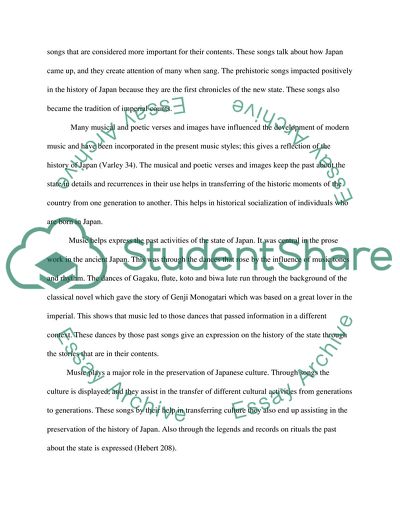Cite this document
(“Music's importance in Japanese History Essay Example | Topics and Well Written Essays - 1500 words”, n.d.)
Retrieved from https://studentshare.org/history/1669828-musics-importance-in-japanese-history
Retrieved from https://studentshare.org/history/1669828-musics-importance-in-japanese-history
(Music'S Importance in Japanese History Essay Example | Topics and Well Written Essays - 1500 Words)
https://studentshare.org/history/1669828-musics-importance-in-japanese-history.
https://studentshare.org/history/1669828-musics-importance-in-japanese-history.
“Music'S Importance in Japanese History Essay Example | Topics and Well Written Essays - 1500 Words”, n.d. https://studentshare.org/history/1669828-musics-importance-in-japanese-history.


